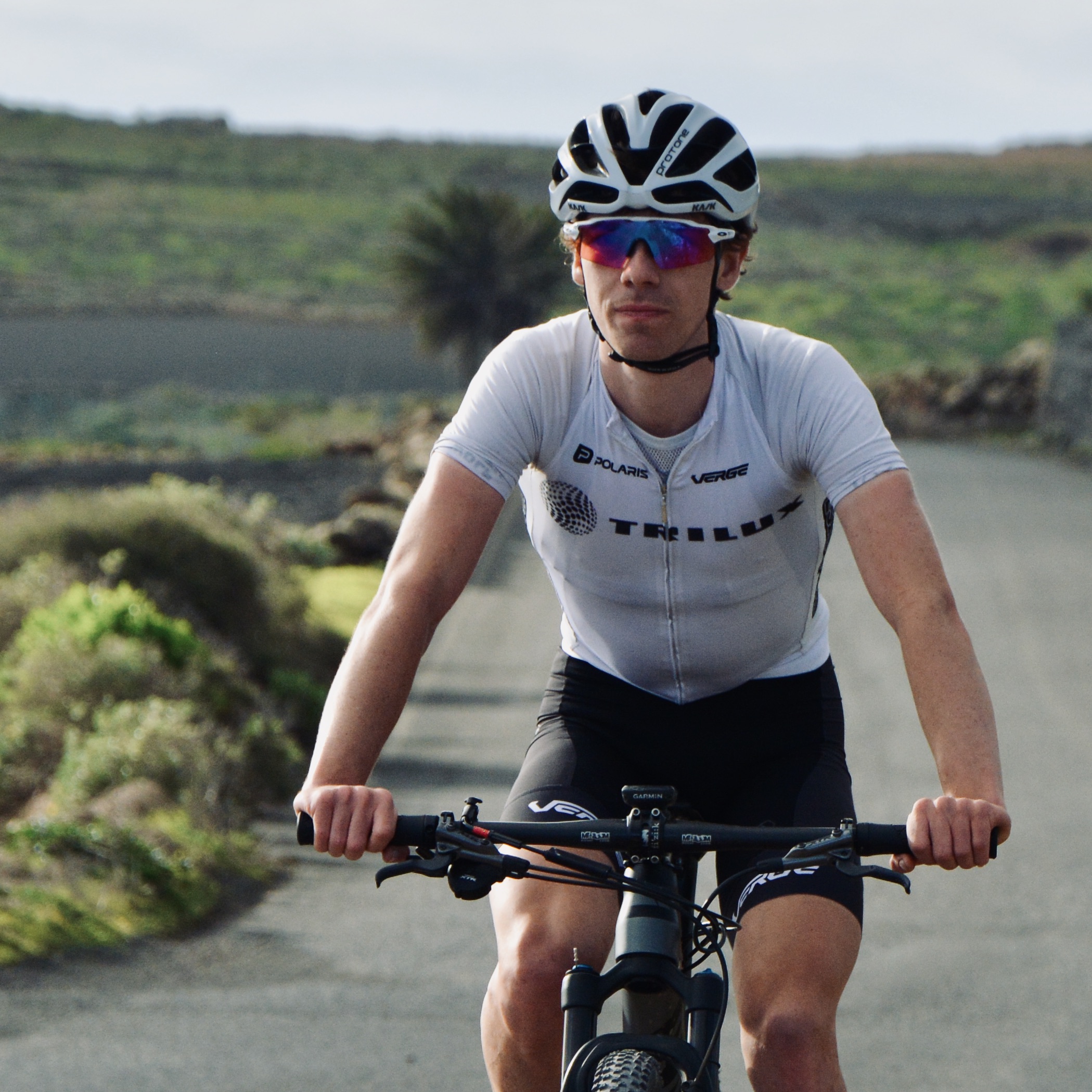Apps such as Zwift have enabled cyclists to race against rivals all over the world, any time they like.
With the recent announcement of the Zwift Games – an inclusive new competition promising new racing formats and a hefty prize purse – this prospect has become even more democratised, accessible and exciting.
The Zwift Games will offer three main championship events – a Sprint Championship to crown the best Zwift sprinter; an Epic Championship, designed to test riders’ stamina and tactical skills much like traditional road racing; and a Hill Climb Championship, where the best climbers on the platform will go head to head on Alpe du Zwift.
Each of the events demands a specific set of skills and abilities for success.
Here, we’ll take a look at the specific fitness you’ll want to develop and suggest ideal workouts you can use to ride at your best if you’re looking to target the Zwift Games in 2024.
Lay a firm foundation
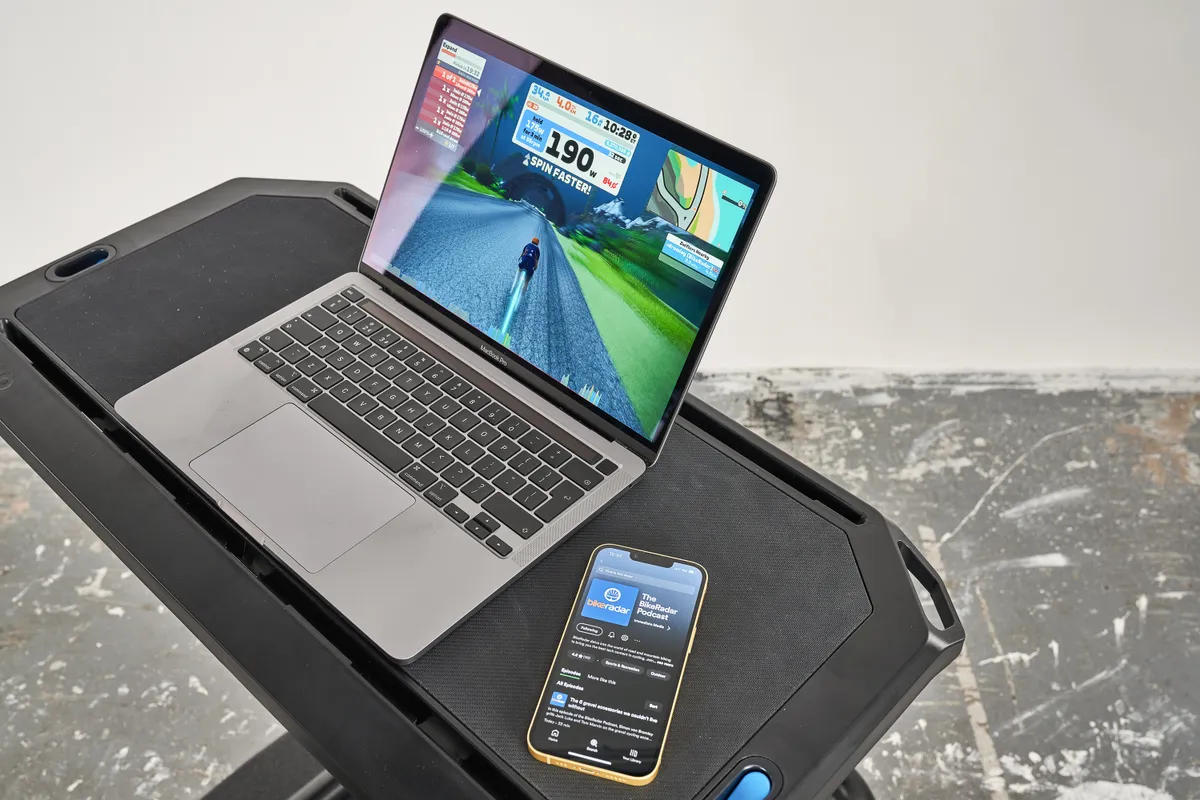
A solid grounding of general fitness will be essential for strong performances in all of the Games’ competitive disciplines – even the shorter-duration Sprint Championship events, which will be similar to the existing Battle Royale format.
By building a stronger aerobic system and endurance capability, you can improve your efficiency, or exercise economy, and effectively expend less energy to produce a given power output. This will leave you with more in reserve for the decisive moments of a race.
It’s important to work on what’s commonly called your 'base' fitness before racing. This enables you to get more from your higher-intensity training and complete higher-quality sessions.
Try to give yourself a minimum of six to eight weeks for your base training, particularly if you’re coming off of an end-of-season break from training. This will ensure you have enough time to build up your volume and ride duration gradually, since the adaptations you’ll gain from this kind of training can’t be rushed by simply intensifying your sessions.
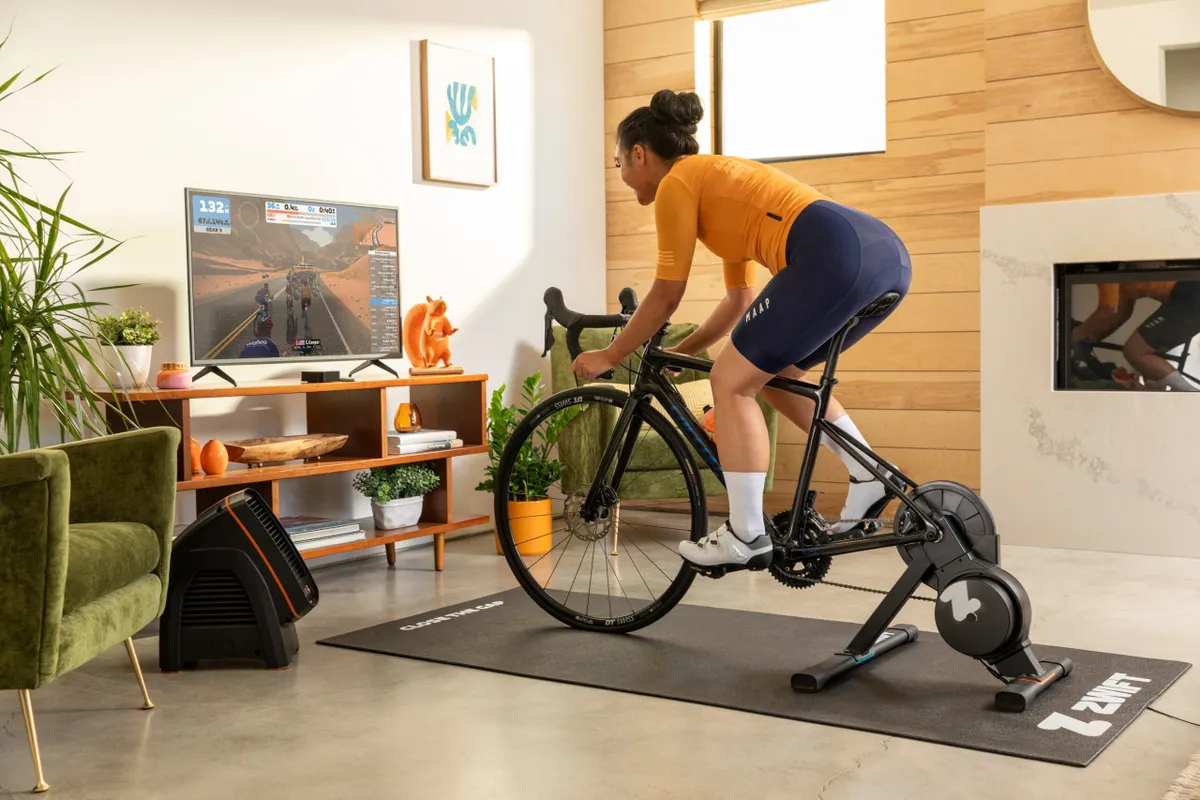
Good workout choices for your base training phase include straightforward steady rides, either indoors or outdoors, of a decent duration (e.g. two hours or longer), as well as more structured low and middle-intensity sessions. We would suggest Zwift’s own The Long Ride and Rolling Hills #1 workouts, at 85 minutes and 56 minutes respectively. These can be found in the Endurance workouts folder in the Zwift app.
Once you begin to feel strong over longer durations and notice other values, such as your heart rate or rating of perceived exertion (RPE), aren’t changing greatly throughout a ride, you can add in some late-stage efforts towards the end of rides to help improve your fatigue resistance even further.
Develop your threshold power
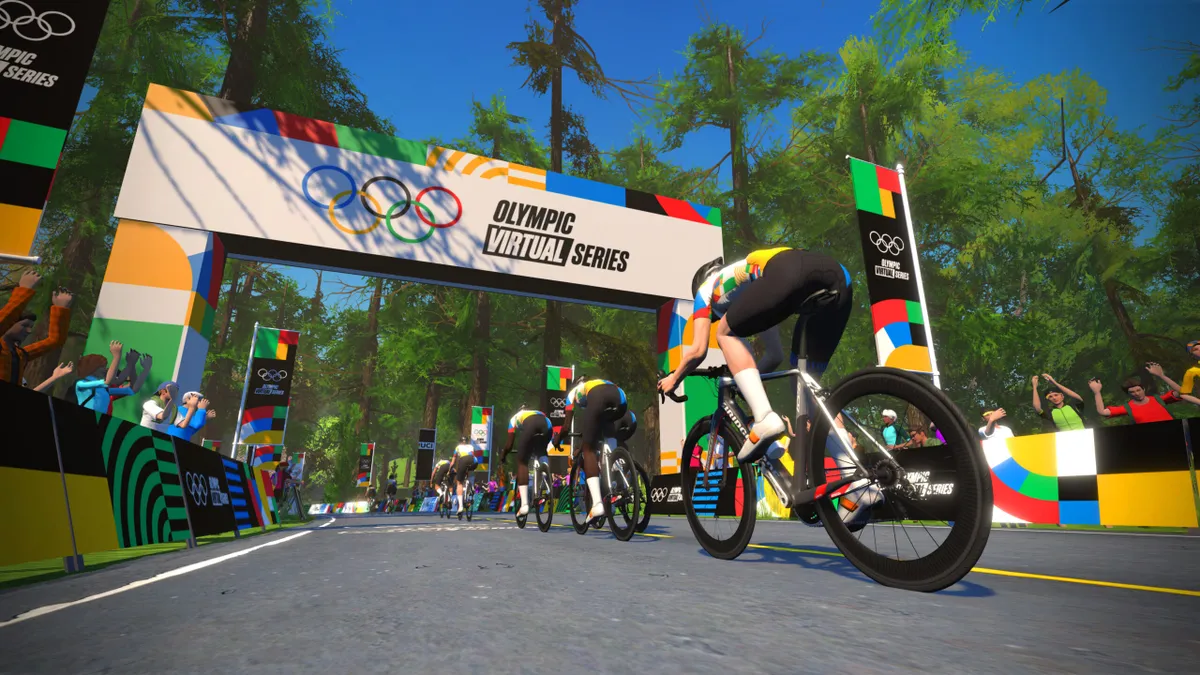
Functional Threshold Power (FTP), which is perhaps the most common expression of a cyclist’s ‘threshold’, is the maximal power output that can be sustained in a relatively steady-state effort for roughly 60 minutes.
It’s a crucial predictor of competitive performance across many cycling disciplines, and the championship events of the Zwift Games are no exception, in particular the Epic Championship.
Developing a greater FTP will mean you can handle sustained periods of high intensity. And when the bunch is riding fast at the start of a race, or perhaps when trying to form a breakaway group, you’ll be expending fewer finite energy reserves and creating few fatiguing metabolites as a result.
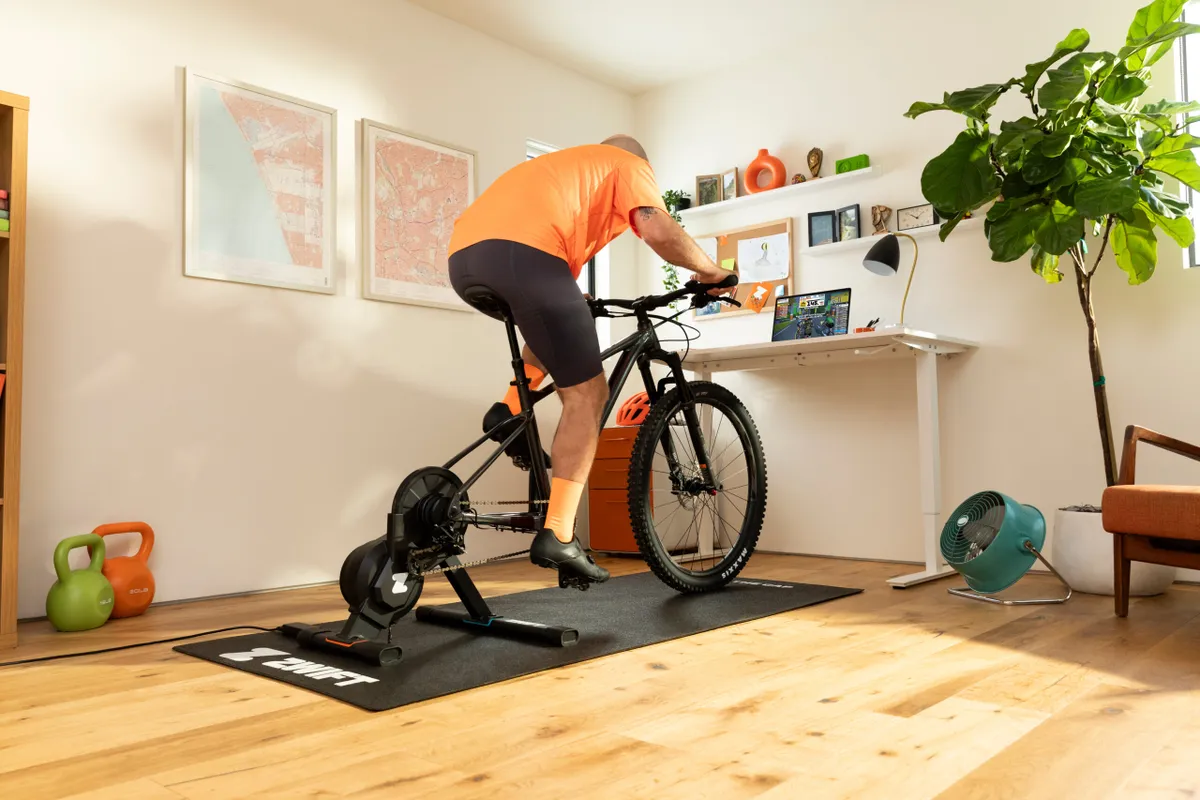
While it’s important to note the base training phase described above will serve to improve your FTP, performing specific efforts at and slightly above your FTP can help push your threshold even higher. This will enable you to become more familiar, and dare we say, more ‘comfortable’ with this kind of effort and intensity.
Many variations of workout designs can be used for FTP-specific training and Zwift has plenty to choose from.
Our picks would be the Cruise Intervals #4 and FTP Boosters workouts, which keep things interesting by changing up the power outputs continually.
Fine-tune your engine
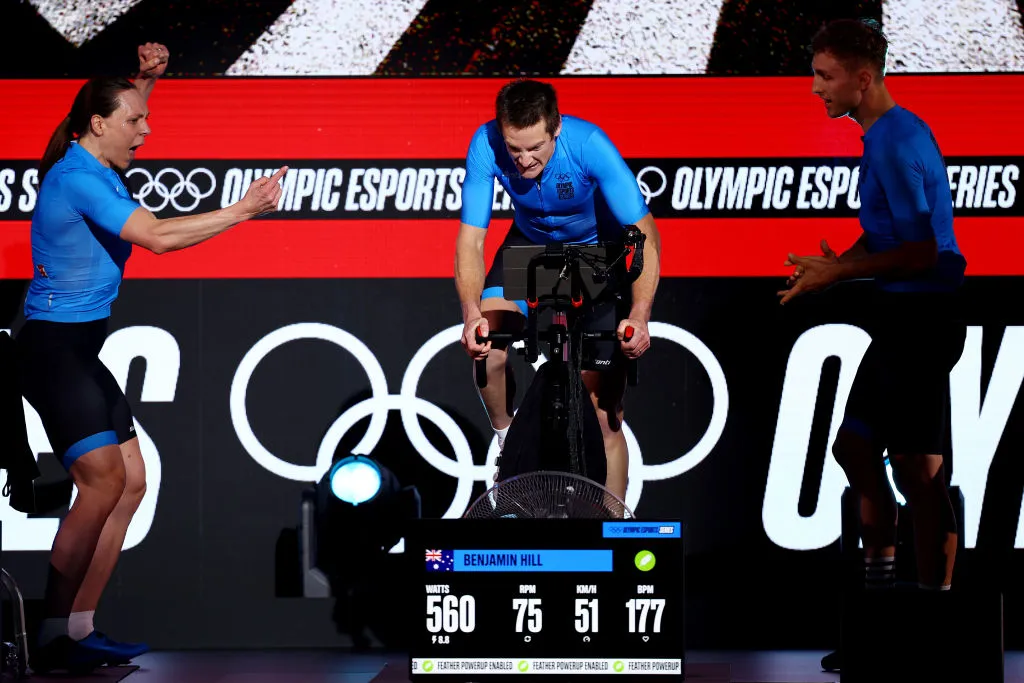
Your VO2 max is the measure of your maximal ability to deliver oxygen to the working muscles during high-intensity riding.
Alongside your FTP, it is another key determinant of performance, which will be especially important for those looking to excel in both the Games’ Epic and Hill Climb Championships.
A higher VO2 max will enable you to produce more power over relatively short durations and, crucially, recover more quickly. This will mean you're able to perform hard efforts repeatedly, something that's especially important due to the stochastic nature of most cycling esports racing.
You can work on your VO2 max through specific intervals designed to elevate your heart rate close to its maximum and hold it there for sustained periods.
Popular workouts to do this range from constant-power intervals, such as Zwift’s LOX workout, to sessions designed as longer blocks made up of many short efforts.
For the latter, we’d recommend trying the aptly titled Microbursts workout. This is challenging not only because of the spikes in power, but the incomplete recovery portions within the blocks too.
It’s recommended to try out a few different workout designs to target your VO2 max, to see which might enable you to spend the most time at high percentages of your maximum heart rate.
Every cyclist is slightly different and individualising your approach to VO2 max training can pay off.
Build your explosiveness
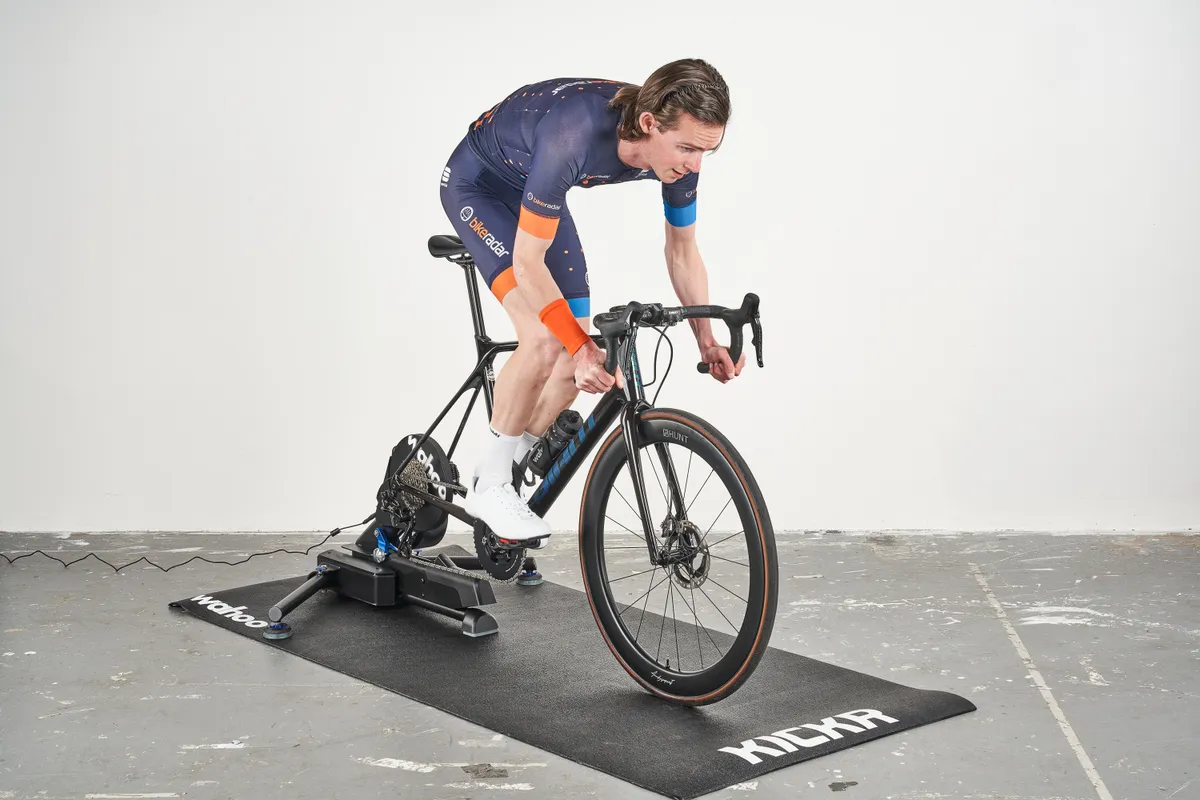
With most virtual racing formats being characteristically dynamic and punchy, having a quick turn of speed will be helpful in all of the Zwift Games’ championship events, but will be essential for those targeting the Sprint Championship.
Heavy-load strength training (either at home or in the gym) can be very helpful for building muscle mass and improving your ability to recruit more of your existing muscle fibres for maximal power generation.
To work on your sprint ability, you have a few options in terms of workouts and training modalities.
Specific sprint efforts will be important to include regularly in your plan in the lead-up to the Games, and mixing things up with longer and shorter sprints will help make you a more well-rounded sprinter.
It’s also important to pay attention to your sprint technique.
The technique required for sprinting on a static trainer compared to outside is very different.
Ensure that you practise skills such as shifting gears, managing your cadence and stabilising your body before competition.
We think a great session within Zwift to work on your sprinting is the EPOC workout, which packs many different durations of sprint efforts into one single ride. This can be found in the workouts section of Zwift inside the Sprinting collection.
Bring it together with specificity
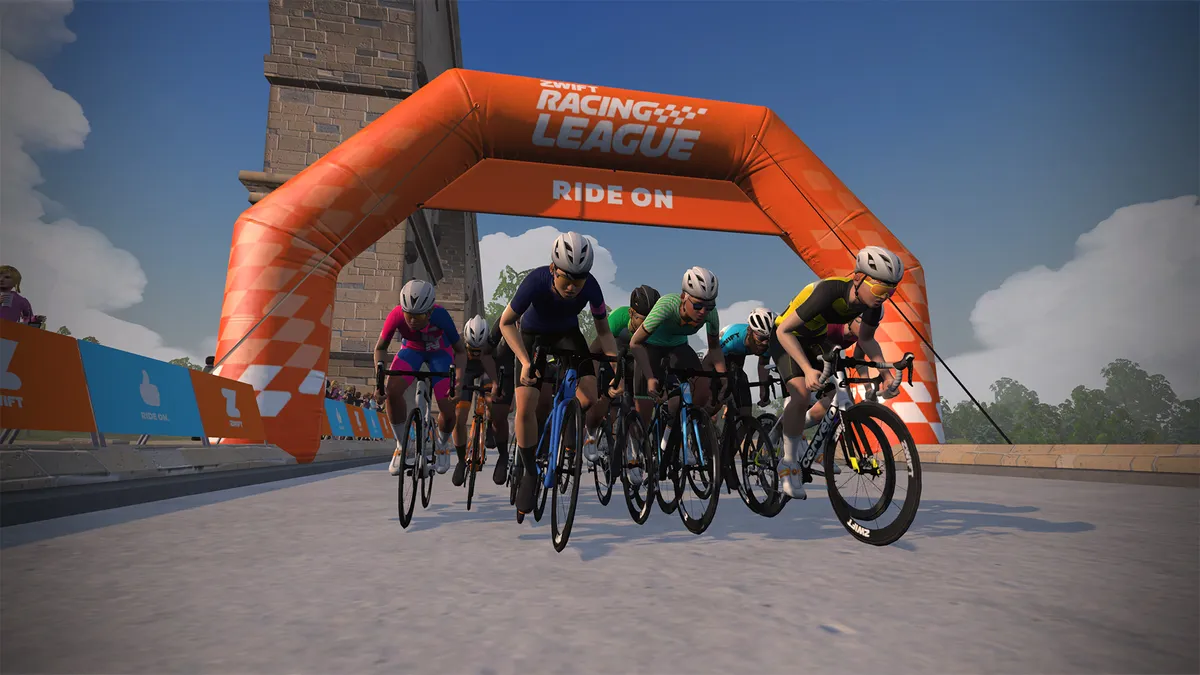
While all of this structured training helps build the potential for high performance, a missing ingredient in some athletes’ training is the ability to translate their fitness into racing success.
In the heat of competition, power outputs often peak higher than you’ll usually be accustomed to in typical VO2 max workouts. Recoveries are also often much shorter than you might hope for.
Arguably, the most specific training you can do to prepare for Zwift racing is racing itself.
This is now easier than ever to add to your training program. Zwift offers the ability to jump into races and spirited group rides whenever you like, and enables you to choose from a variety of different formats that might best suit what you’re trying to achieve or working towards.
So, as the qualification and the Games themselves get closer, don’t be afraid to start including a few races in your training in the weeks prior – perhaps replacing one or even all of your structured interval workouts with races.
For best results, try to choose races that reflect what you’ll experience in the Games-related events as closely as possible so you’re fully prepared for them when it’s time to produce your best performances.

